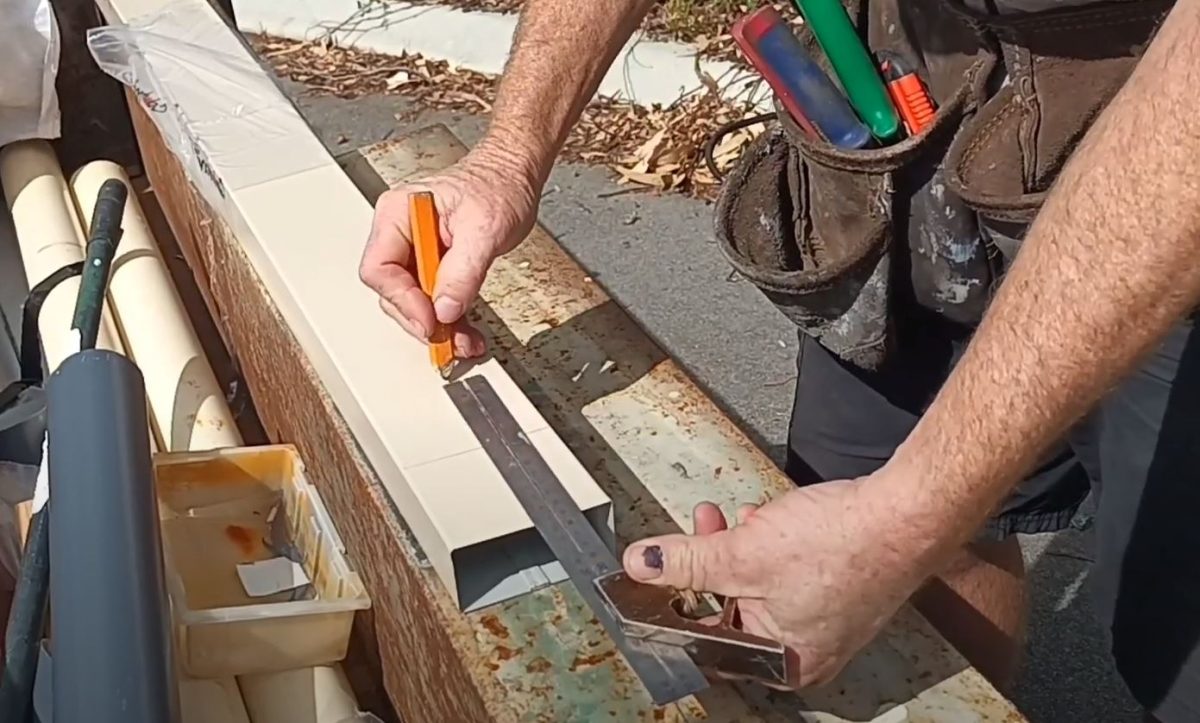The Importance of Proper Downpipe Sizing
Selecting the right size for a rainwater downpipe is crucial for effective water management. An undersized downpipe can lead to water overflow, while an oversized one may lead to unnecessary costs. Here’s how you can determine the correct size.
Assessing the Roof Area
The downpipe size is largely determined by the roof area it’s meant to serve.
Measuring the Roof
- Calculate Area: Divide the roof into geometrical shapes and calculate the area in square metres.
- Factor in the Slope: Consider the slope, as steeper roofs will channel water more quickly.
Determining Rainfall Intensity
Understanding the local climate and rainfall patterns in Auckland is essential for sizing a downpipe.
Research Local Rainfall Data
- Use Historical Data: Obtain the rainfall intensity from weather agencies or local authorities.
- Choose Design Rainfall: Select the maximum rainfall expected for your area.
Calculating the Required Downpipe Size
With the roof area and rainfall intensity known, the required downpipe size can be calculated.
Using Sizing Charts
- Refer to Standards: Utilise local building codes or standards, like the New Zealand Building Code.
- Find the Corresponding Size: Use charts to find the appropriate downpipe diameter based on roof area and rainfall intensity.
Considering Other Factors
- Material: Different materials have different flow characteristics.
- Number of Downpipes: If multiple downpipes are being used, divide the roof area accordingly.
Downpipe Health and Safety Considerations
Handling installation and sizing safely is vital.
Safety Measures
- Wear Appropriate Gear: Utilise safety equipment like helmets and gloves.
- Use Proper Tools: Employ tools designed for cutting and handling downpipes.
- Follow Guidelines: Adhere to health and safety regulations in Auckland.
Key Takeaways
- Assess the Roof Area: Understanding the roof’s geometrical layout is essential.
- Determine Rainfall Intensity: This includes researching local data.
- Calculate Downpipe Size: Utilize sizing charts and standards.
- Health and Safety: Adherence to safety protocols is paramount.
FAQ Section
- Q: Can I size a downpipe myself, or do I need a professional?
- A: While possible to do it yourself, professional help ensures accurate measurements and adherence to local regulations.
- Q: What materials are commonly used for downpipes?
- A: Materials such as PVC, copper, and galvanized steel are common, each with its unique characteristics.
- Q: How often should I check my downpipe for maintenance?
- A: Regular inspection, particularly after heavy rainfall, is advisable.
Engineering References
The science behind downpipe sizing involves a combination of hydrodynamics, meteorology, and material science. Relevant references include:
- Chow, V.T., “Open-channel Hydraulics,” McGraw-Hill, 1959.
- “NZS 4404:2010 Land Development and Subdivision Infrastructure,” Standards New Zealand.
The process of sizing a rainwater downpipe requires careful assessment of the roof area, understanding local rainfall patterns, and referring to appropriate standards and guidelines. Considering Auckland’s specific climate and regulations, proper sizing ensures optimal performance, cost-efficiency, and adherence to safety protocols.

